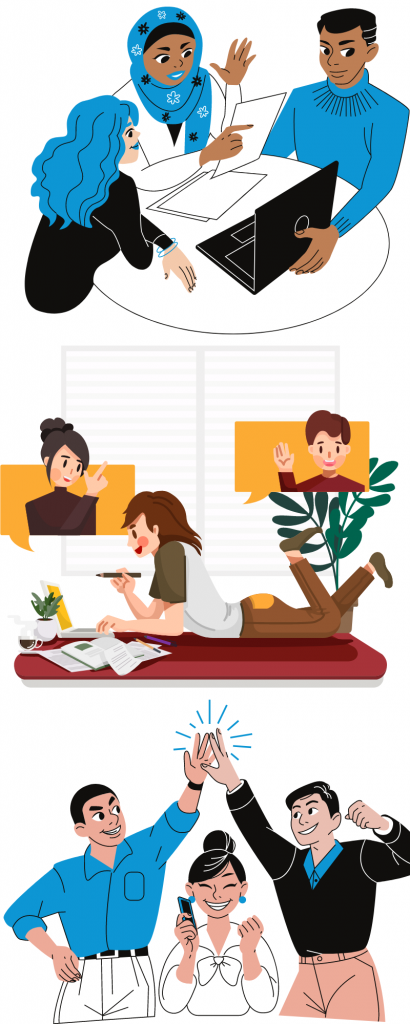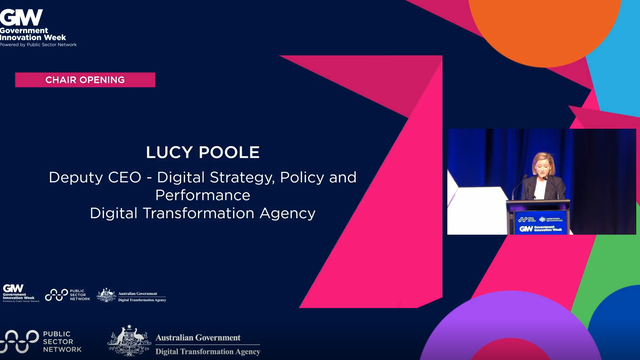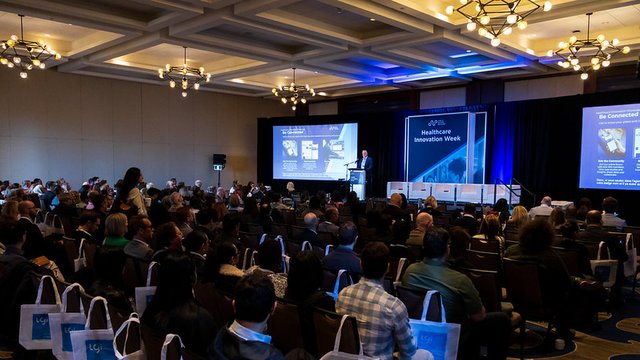Optimising Employee Productivity and Wellbeing by Creating Healthy Workplaces
Government Case Study: Creating the Next Generation Workplace in a Post-COVID Environment

Natalie Townsend
Chief People Officer
Residential Tenancies Authority (QLD)
Looking after the welfare of the staff

Ensuring the wellbeing of staff is one of the primary goals of any employer. Staff are the core of any organisation or business and need to be looked after. This means providing them a safe and comfortable workspace, looking after their needs, and ensuring that they feel supported wherever they are and whatever their roles are.
Natalie Townsend , the Chief People Officer of the Residential Tenancies Authority (RTA) based in Brisbane, says that “every decision we make has our employees at the forefront.” This been particularly the case in light of COVID-19 and their office move.
The RTA is a “state government statutory authority” based in the Brisbane CBD. Until the pandemic came along, it was a “very traditional workplace, occupying four floors” of a city building, and with the “majority of people working in the office five days a week.” Remote working was rarely considered, though in January 2020, for tech support reasons, “we implemented laptops within our business, which was a blessing for us in terms of timing.” Overall, “we were pretty basic” in terms of technology, with “aging systems and policies.”

Despite that, the RTA has always been a place where people want to work. In 2019, the employee engagement score, as part of the annual people survey, “increased for the first time in a long time.” This wasn’t by accident. “We put in some hard yards in terms of engagement, and have a strong focus on the retention of our talent. People want to work here.” However, staff also said that they “want more flexible working arrangements.” This was the first time that was raised in significant numbers.
2019 was a pivotal year in other ways, because late that year, “we started preparing for our office lease expiring,” which is due to happen in June this year. There was a long time to plan, but also a long time “to find somewhere new and to implement some changes.” The long lead time was also good because it is often said that moving is “one of the most stressful times of your life,” so being able to plan for it properly was beneficial. Moreover, the time allowed the whole organisation to become involved in the process, because “there is no project within the RTA that moves or gets implemented without all of the people and teams involved,” and especially a project as important and as large as this.
Adapting to changing circumstances
The end of the lease could not have come at a better time. “We’ve been in our current building for the last 10 years and it’s pretty stale, not very inclusive or collaborative.” Either a move or a change was looming, and thus “we did a lot of research” to ensure that any new site would be fit-for-purpose both in terms of employee welfare onsite, and flexible working arrangements. A staff survey confirmed that people wanted to “work at home about two or three days a week,” and for the days in the office, they wanted a space that could easily incorporate those working from home. A new site also needed to provide “a return and investment” in some way, since “we are self -funded and don’t rely on any Treasury funding whatsoever.” All the research was completed, with all the risk factors taken into account as well, and “then COVID-19 hit in March 2020 and our world was turned upside down.” Had the pandemic arrived a year or two later, the new site would have been designed to cope, but the old, stale site “didn’t have a telephone system or appropriate technology that could support remote working. We’ll still need to come to the office or not provide a service at all.” That was the initial, “very daunting” thinking, but of course very quickly, “you try to find what’s possible.”

Preparing for a new era
Throughout all the chaos, plans were still being made for the move because the current lease ends in June 2021. A new site has been found, still in the CBD but now in Midtown, and “for the first time in 30 years, the RTA will be on one floor.” This is a big change and will go some way to ensuring the organisation feels like “one team.” The pandemic together with the research have come together to create new era for the RTA. The crux of the plan is that it is “a hybrid model,” designed to work for staff being in the office or at home. Some may want to come in every day; others may only come in when required but they can still collaborate. “The biggest shift for us is that we will move to activity-based work,” meaning it doesn’t really matter where employees are situated. Though the move hasn’t yet happened, this process has already begun, “giving people greater freedom of where and how they work. It’s about collaboration and connectedness and really focussing on being with our peers.”
The new layout and workspace will be “pretty swanky compared to what we live in now. It also gives us the flexibility to ramp up if we need to and also to scale back down.” The floorplan has distinctive zones, with each element properly thought out. For instance, there will be “big boardrooms for team meetings,” but also some smaller rooms for “ad hoc or formal collaborations.” The call centre space has been “acoustically built and tested so that when the callers are on the phones, they’re not going to be disturbing the rest of their peers.” Call centre staff often take “very emotional calls” from people who have lost their jobs or homes. They only take short breaks in a breakout space right next door, but sometimes need “somewhere where they can break out and do some debriefing with their team leader,” so there is a space for that too. There are also some “high focus zones if you just need to be by yourself, but you can’t take your phone or team calls there.” There are also “collaboration zones with AV and whiteboards so that you can connect with your peers who are at home.” The new kitchen space is large and has doors that open up to the deck “so it gives you the experience that you’re outside even when you are inside.” All in all, it should be a very collaborative space with lots of specialised zones.
” So watch this space. We’ll find out if there is engagement when we move in. But all of the decisions about our next generation workplace were made with our people in mind for an enhanced employee experience, and with our learnings from COVID-19.
Natalie Townsend Chief People Officer, Residential Tenancies Authority (QLD)



































